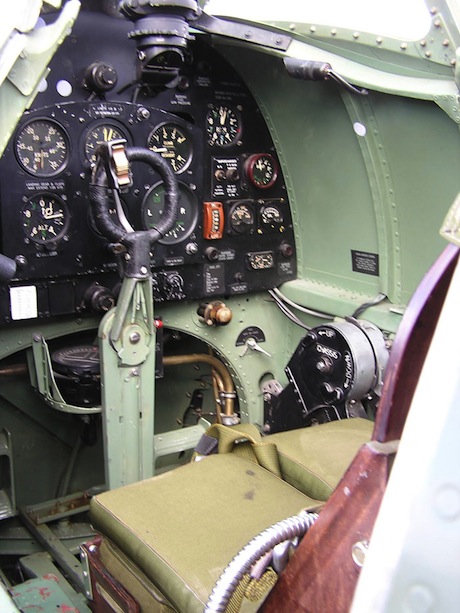All airplanes have a protuberance sticking out the floor or instrument panel to control the ailerons and elevator
When teaching with a stick, we like to explain that the pilot needs only to apply pressure in the direction she would like the nose to move. Nose down, forward pressure; nose left, left pressure. The concept seems to work well and is easily understood.
When pilots are first introduced the stick, they often have a bit of trepidation during the preflight. Once strapped in, the concern over that strange apparatus between their legs disappears, and every pilot feels right at home before the first takeoff. The transition time from yoke to stick turns out to be zero. But there are other considerations. A control stick has a cleaner look and does not block the view of any instruments. But is also does not provide a suitable mounting surface for charts or electronics.
Many feel that a control wheel is more natural. It is hard to argue that our long-term association with steering four-wheeled vehicles makes the control wheel easy to understand. In the simplest terms, we turn the wheel in the direction we wish to “steer”. Elevator control with a wheel is thought by many to be a bit more precise than with a stick. On the negative side, the wheel does take up a lot of room in the belly area (my belly area) and can block the view of the panel on sophisticated airplanes. Control yokes do provide a great place within the normal vision scan to attach charts, store pencils, and even mount a portable GPS or Ipad.
The earliest airplanes most often had what we would consider a hybrid control system that used neither stick nor a yoke in the conventional manner. Control, such as it was, in the infancy of powered aircraft often consisted of a combination of levers, wheels, and weight-shifting to move or warp control surfaces.
There is not even consistency with yoke vs. stick in the greatest military aircraft. Most WWI fighter airplanes had sticks, but WWII saw the famous P-51 with a stick, but both the British Spitfire and the USA’s P-38 had yokes.
Since high-performance military airplanes had both sticks and yokes, it is hard to make an argument about quick response and controllability being a factor. Both sticks and yokes are, in the end, an interface between the pilot and the airplane. All we can say is that for Piper Cubs and Aeronca Champs with tandem seating, the control stick seems like the perfect choice.


Recent Comments